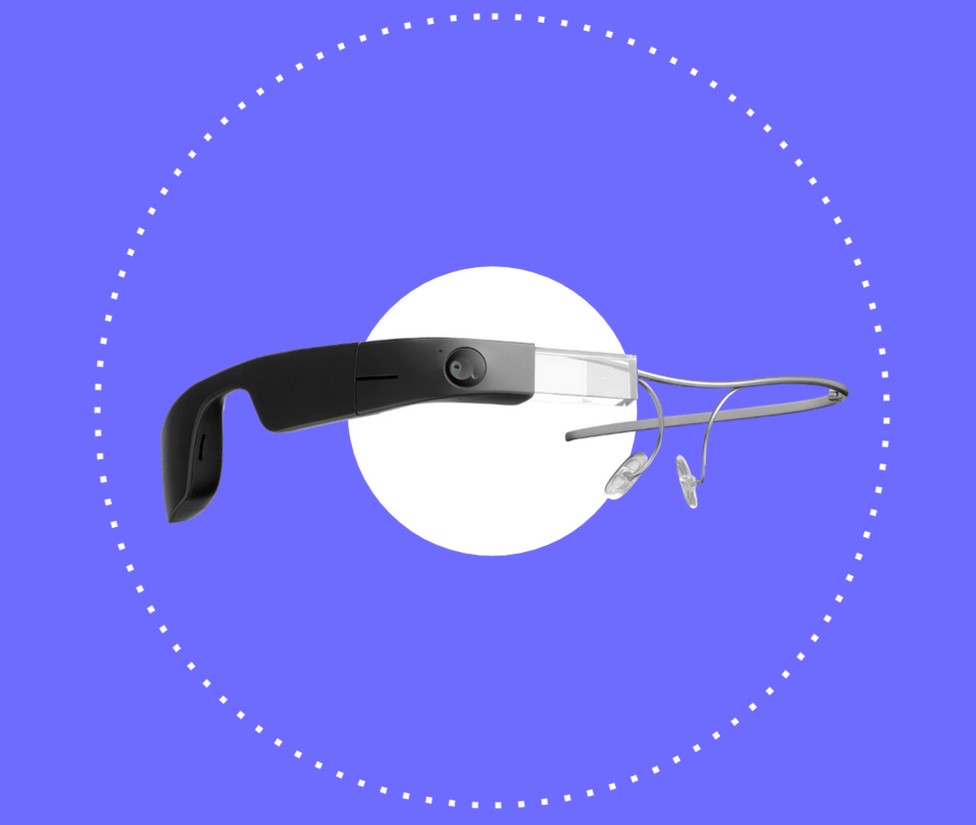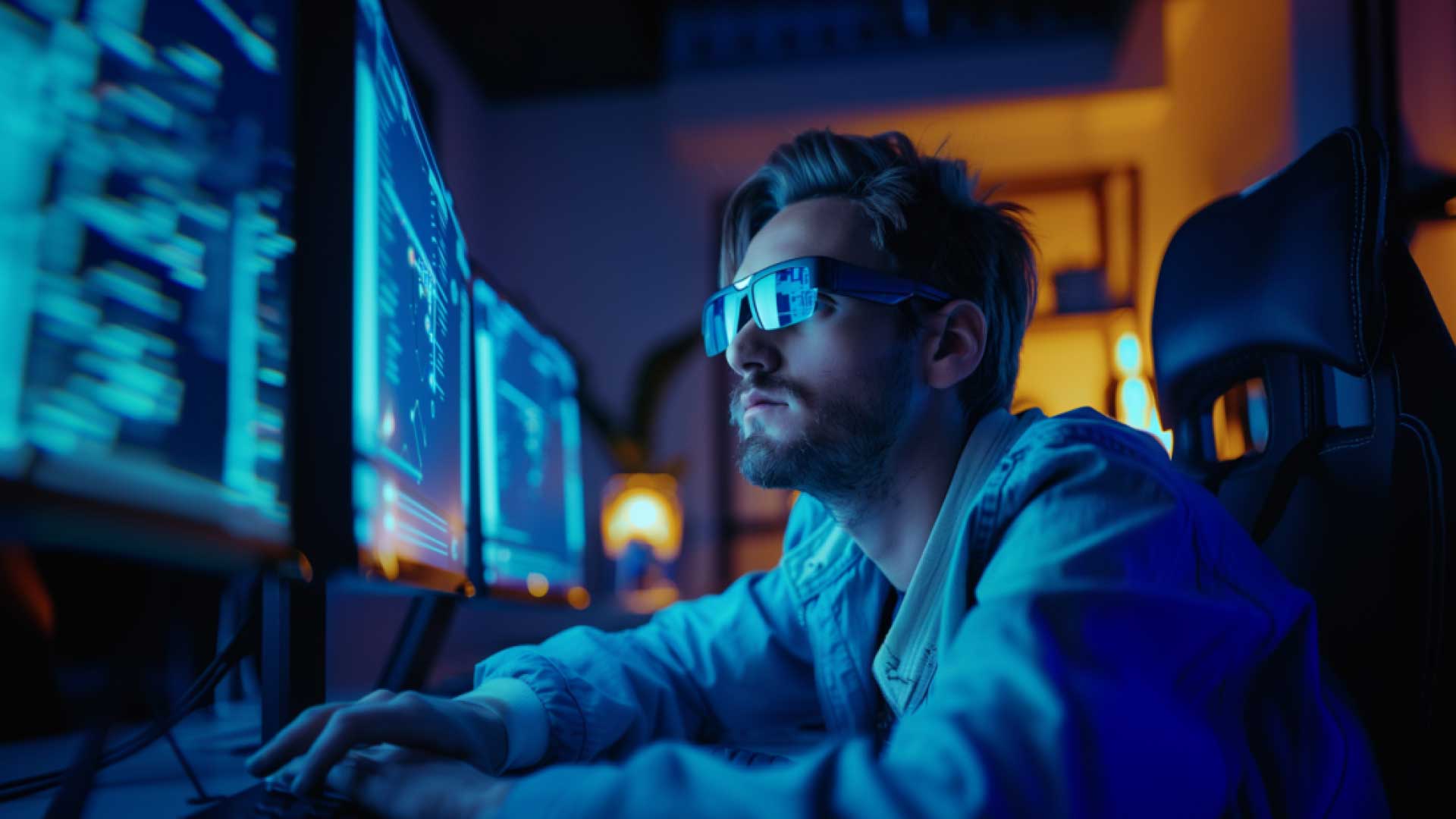Enhancing Availability Through Assistive Innovation for the Blind
The integration of assistive innovation for the blind stands for a crucial improvement in ease of access, fundamentally modifying just how people navigate their environments and involve with culture. As we check out the varied types of assistive tools and their substantial effects on daily living, it comes to be essential to check out exactly how continuous technical advancements are improving the landscape of assistance for the blind community.
Introduction of Assistive Innovation
Assistive innovation describes a range of gadgets and software created to enhance the capacities of individuals with impairments, including those that are blind or aesthetically impaired. This modern technology plays an important function in promoting independence and enhancing the lifestyle for customers. By supplying different methods for accessing details and performing daily jobs, assistive technology encourages people to browse their settings better.
The advancement and implementation of assistive modern technology embrace a selection of concepts focused on fostering accessibility. These principles include user-centered style, which focuses on the demands and preferences of the person, and the assimilation of modern technology into day-to-day activities. Such innovations make certain that assistive gadgets are not just useful however very easy and also user-friendly to make use of.
Additionally, assistive modern technology encompasses a diverse range of solutions, from low-tech alternatives like magnifiers to sophisticated innovations such as screen viewers and Braille display screens. The continuous development of this area is driven by the demand to address the distinct challenges dealt with by people with visual disabilities (Wearable technology for low vision). As innovation remains to development, the capacity for enhancing accessibility and promoting inclusivity continues to be encouraging, eventually adding to a much more fair culture

Kinds Of Assistive Tools
Many kinds of assistive tools are offered to support individuals that are aesthetically damaged or blind, each developed to attend to details requirements and difficulties. These devices can be extensively classified right into three major kinds: low-tech, mid-tech, and modern services.
Low-tech devices include items such as magnifiers, Braille labels, and responsive maps. These are reasonably easy devices that boost the user's ability to interact with their setting without calling for intricate modern technology.
Mid-tech tools often involve advanced functions, such as digital magnifiers and mobile Braille note-takers. These gadgets can supply functionalities like speech outcome, permitting users to accessibility info more effectively.

Influence on Daily Living
The availability of numerous assistive devices substantially enhances the lifestyle for individuals who are blind or visually damaged, influencing their everyday living in extensive means. By integrating innovations such as screen visitors, Braille presents, and audio summary services right into their regimens, individuals gain greater autonomy and freedom. These tools facilitate check my blog accessibility to information, making it possible for individuals to execute day-to-day tasks, such as checking out e-mails, navigating public areas, and enjoying media web content.
Additionally, assistive devices empower people to engage even more completely in social communications and area activities. The ability to use smartphones outfitted with ease of access functions allows for seamless interaction and link with others. This connectivity fosters a sense of belonging and reduces feelings of seclusion.
In professional setups, assistive modern technology supports performance by enabling individuals to full work tasks efficiently. Tools wikipedia reference like voice recognition software application and specialized magnifying tools make it possible for customers to join the workforce on equivalent footing with their sighted peers.

Developments in Modern Technology
Current technological developments have significantly changed the landscape of tools offered for people that are visually impaired or blind. The integration of fabricated intelligence (AI) and artificial intelligence has provided rise to applications that boost navigation and object acknowledgment. As an example, mobile phone applications can now use AI to determine and define environments in real-time, providing customers with important contextual information.
Additionally, improvements in haptic innovation have actually brought about the growth of smart walking sticks geared up with sensors that find barriers and offer responsive comments. This encourages users to browse their atmosphere with increased self-confidence and freedom. In addition, advancements in text-to-speech software program and braille screens have improved the access of digital material, enabling for seamless interaction with numerous media.
Wearable innovations, such as clever glasses, are additionally making strides in aiding visual problems. As innovation proceeds to evolve, the capacity for also more transformative tools continues to be on the horizon.
Future Trends and Innovations
As modern technology quickly advances, the future of assistive tools for individuals that are blind holds tremendous assurance. Technologies in fabricated knowledge (AI) and artificial intelligence are poised to revolutionize the method blind users communicate with their environments. For example, AI-driven applications are being established to enhance item recognition, enabling individuals to identify and navigate their environments with higher simplicity and accuracy.
In addition, improvements in haptic responses innovation are enabling the production of responsive maps and navigation help that provide real-time details through touch. These developments not just improve wheelchair but also foster self-reliance. Furthermore, wearable gadgets equipped with augmented truth (AR) functions are arising, offering individuals aesthetic information through sound summaries, therefore connecting the void in between the physical and electronic globes.
In addition, the assimilation of wise home technology offers new possibilities for accessibility, enabling individuals to control their living environments with voice commands or smartphone applications. As cooperation in between technology developers and the blind neighborhood continues, the emphasis on user-centered layout will certainly guarantee that future advancements are customized to satisfy the unique demands of this populace (Wearable technology for low vision). The trajectory of assistive technology guarantees a much more inclusive and empowering future for people that are blind
Final Thought
Finally, assistive innovation plays an essential duty in boosting access for people with visual problems. The diverse array of tools, including top article screen readers and clever canes, considerably enhances everyday living and fosters freedom. Continuous developments in technology and user-centered style guarantee that these tools cater successfully to the special requirements of the blind area. As technologies progression, raised inclusivity and empowerment can be expected, inevitably enriching the lifestyle for those affected by aesthetic disabilities.
The assimilation of assistive innovation for the blind represents a crucial innovation in access, essentially modifying exactly how individuals navigate their settings and involve with society.Assistive innovation refers to a variety of tools and software designed to boost the capabilities of individuals with disabilities, including those who are blind or aesthetically damaged. Wearable technology for low vision.As technology swiftly advances, the future of assistive tools for people that are blind holds enormous promise. The trajectory of assistive technology guarantees an extra comprehensive and empowering future for individuals who are blind
In verdict, assistive innovation plays a crucial function in boosting availability for individuals with visual disabilities.